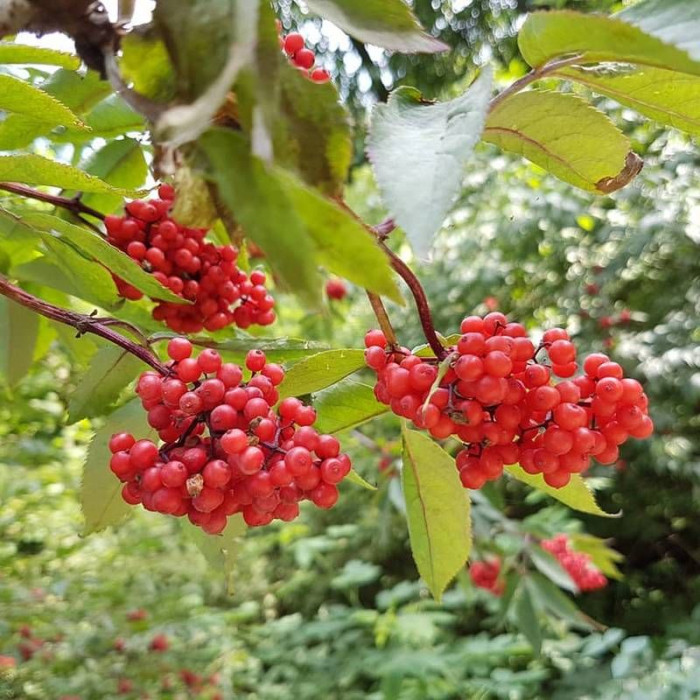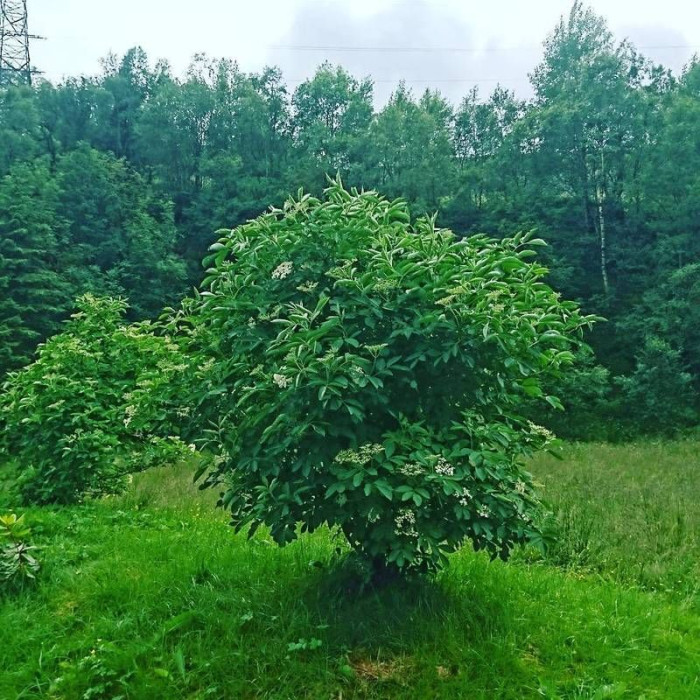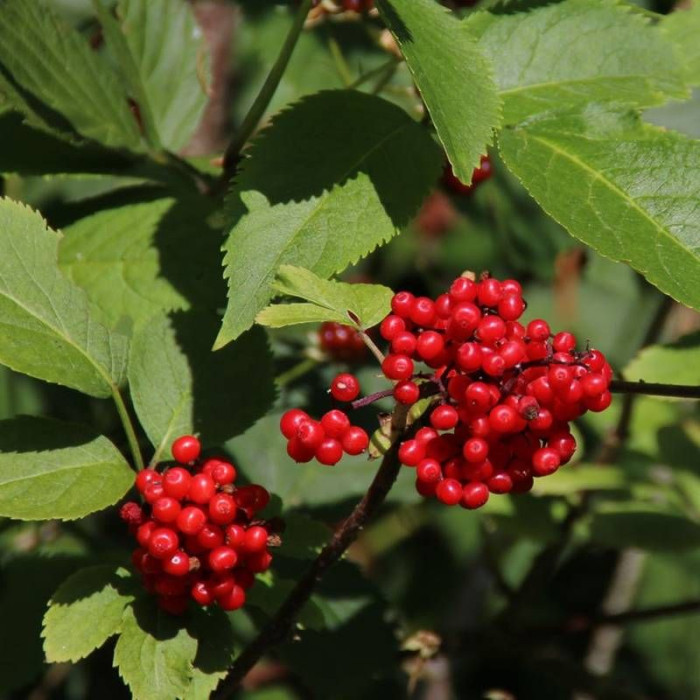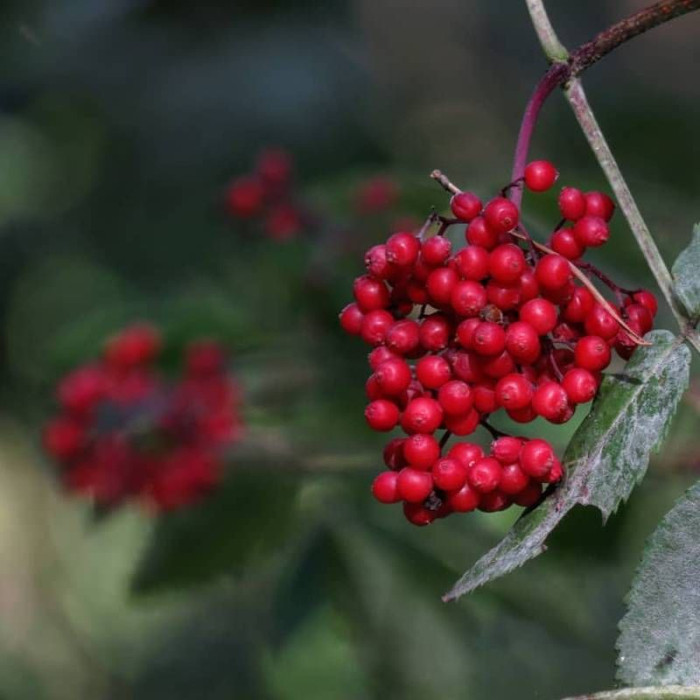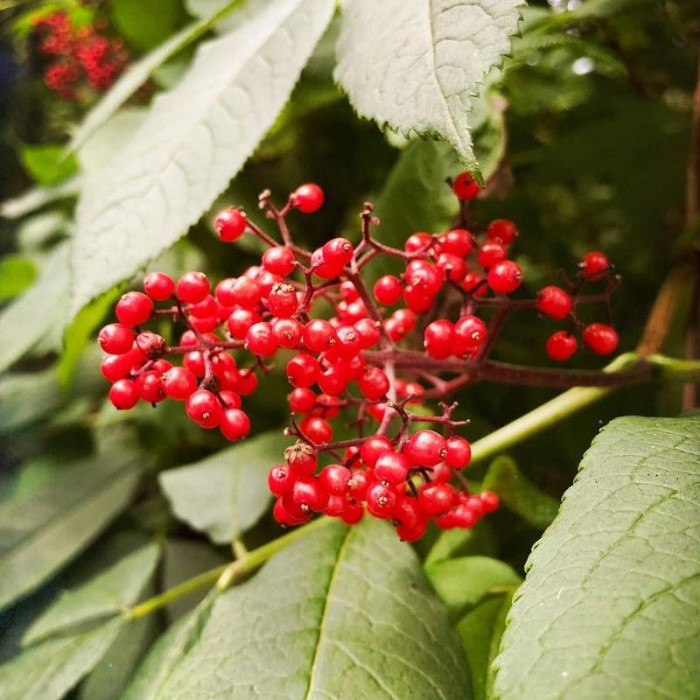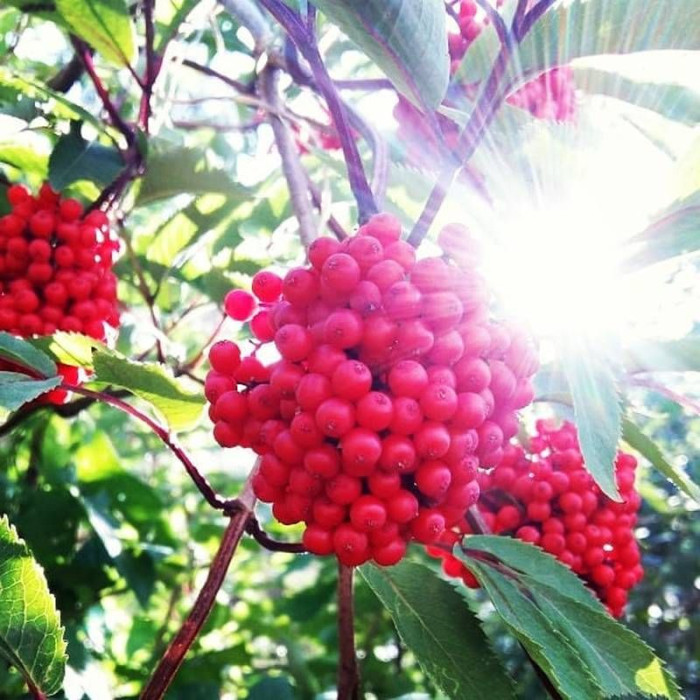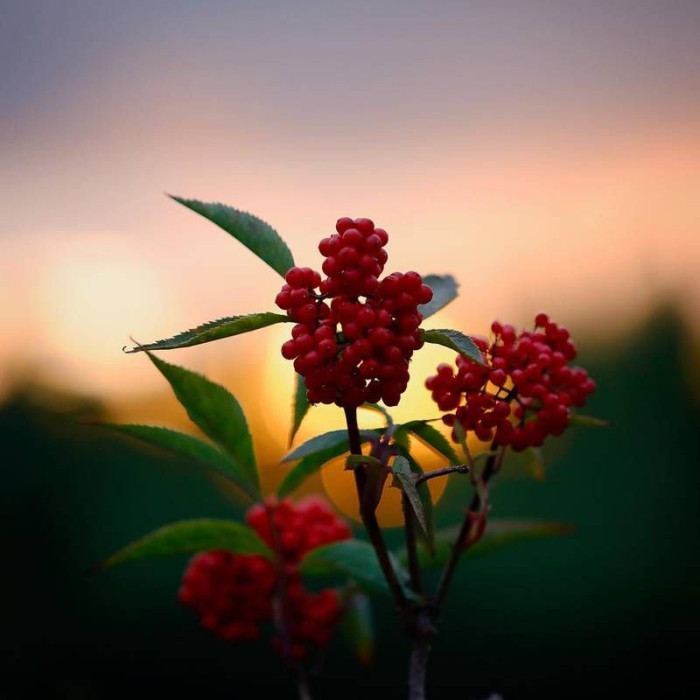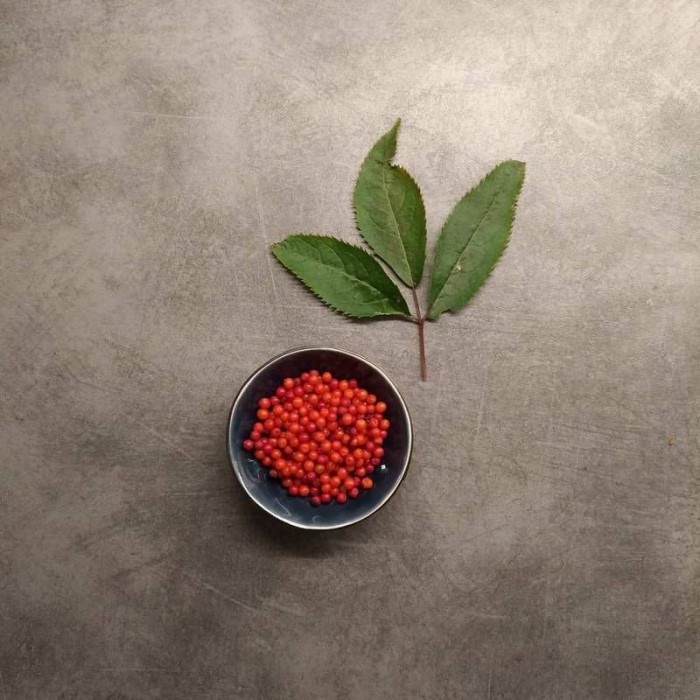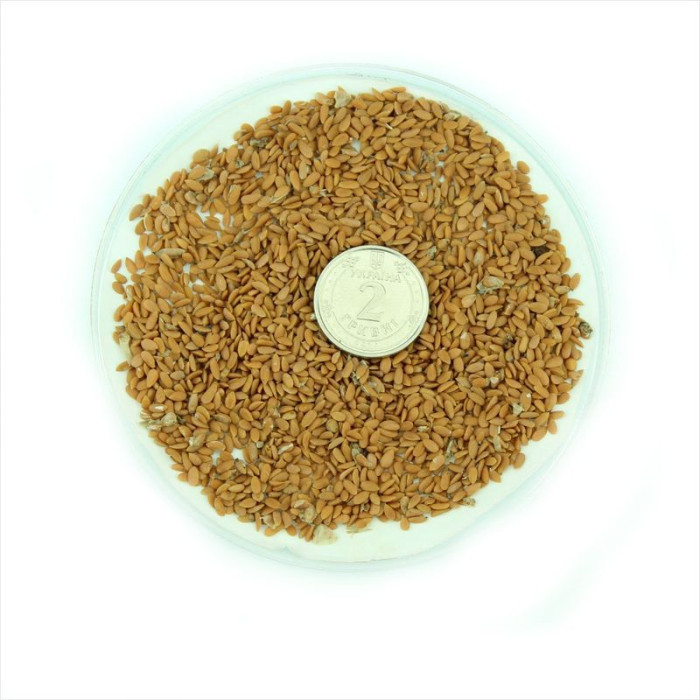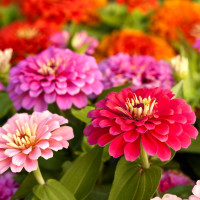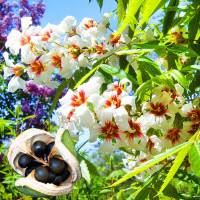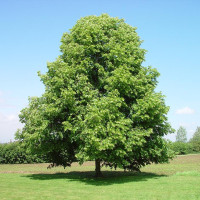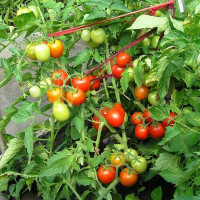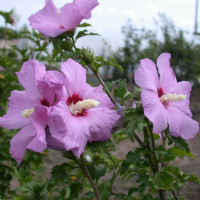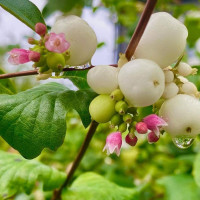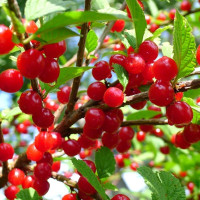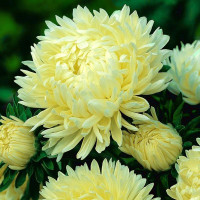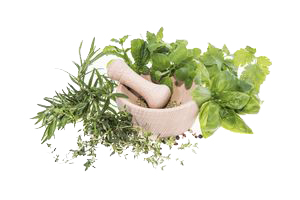Red elderberry and red-berried elder / Sambucus racemosa - is a deciduous woody plant (shrub or small tree), a species of the genus Sambucus of the Adoxaceae family (previously this genus was included in the Honeysuckle family or isolated in a separate Elderberry family).
Cultivated as an ornamental garden plant. Flowers and fruits are used in folk medicine. The red elderberry is a strongly branching shrub (sometimes a small tree) from one and a half to three and a half (five) meters high with erect stems.
The bark of young plants is smooth, while that of old plants is flaky. On the surface of the stems there are whitish tubercles (the so-called «lentils»); they consist of loose tissue through which air can pass, and serve as vents in the corky cover - living tissues of the branches breathe through them.
Elderberry branches are very brittle. This is due to the fact that there is very little wood in them: a significant part of the volume is occupied by a loose core (compared to other shrubs, red elderberry has the largest percentage of core volume).
Kidneys are large, ovoid. The leaves are opposite, pinnate, composed of five to seven leaflets. Leaflets are serrate-toothed, ovate or oblong-lanceolate, 5 to 10 cm long, with a strong characteristic unpleasant odor. Young leaves often have a dark red or purple color - this is due to the high content of anthocyanin; this pigment has the ability to convert light energy into heat, which is important for plant development in early spring.
The flowers are small, bisexual, fragrant, collected in dense oblong paniculate inflorescences of ovoid or conical shape with a diameter of up to 20 cm. The perianth is double, five-membered. Corolla wheel-shaped, whitish-yellow or greenish-yellow. Stamens five. Flowering occurs in May-June at the same time as the leaves bloom, annually and abundantly, for 15 days.
Pollen grains are trifurrow-oroid, ellipsoidal in shape. The length of the polar axis is 17.5–18.8 µm, the equatorial diameter is 12.2–14.5 µm. In outline from the pole they are slightly three-lobed, from the equator they are broadly elliptical. The furrows are narrow, long, with uneven edges, with blunt ends, almost converging at the poles. Oras (additional apertures - thin or perforated areas of the upper layer of the pollen grain shell) are not clearly expressed. Exine 1–1.2 µm thick. The sculpture is thin, fine-meshed; grid cells at the equator are angular, 0.5 μm in diameter, and very small at the poles. The rods at the poles are thin, erect, with blunt ends, the epidermis is thin. The color of the pollen is yellow.
The fruit is a red (bright red) drupe. The fruits ripen in July-August; have an unpleasant smell and taste (unlike the fruits of another type of elderberry common in Europe - black elderberry). The fruits of the red elderberry are readily eaten by birds - with their help, seeds are mainly distributed.
The red elder has long been cultivated as an ornamental plant for decorating gardens and parks.

No questions about this product, be the first and ask your question.


